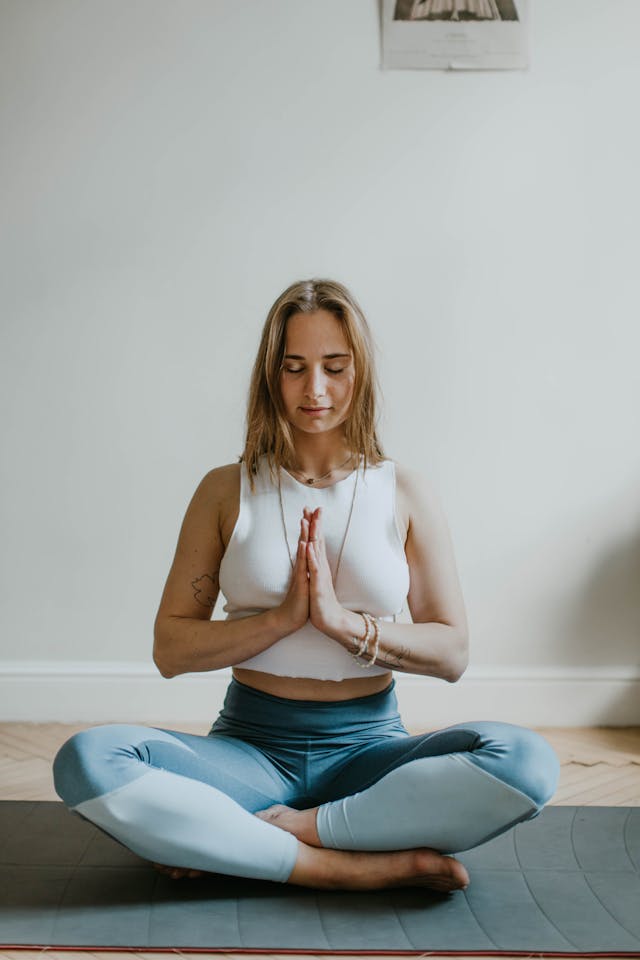Good posture is essential for maintaining a healthy spine, reducing muscle tension, and boosting overall well-being. With the modern lifestyle increasingly dominated by desk work, mobile phones, and sedentary habits, many people find themselves battling poor posture. One of the most effective ways to address this is through Pilates – a form of exercise that focuses on core strength, flexibility, and body alignment.
If you’ve been experiencing discomfort or simply want to improve your posture, Pilates offers a range of exercises designed to help you achieve better alignment. Below, we’ll explore some key Pilates exercises that can strengthen your core, realign your spine, and leave you standing tall with confidence.
The Importance of Core Strength
Before diving into the exercises, it’s crucial to understand why core strength plays such a pivotal role in posture. Your core muscles – comprising the abdominals, lower back, hips, and pelvis – serve as the foundation for your body’s movements. A strong core helps support the spine, which is vital for maintaining proper posture. Pilates is well-known for targeting these muscles, ensuring that your spine remains well-supported throughout your daily activities.
The Pilates Roll-Up
The Roll-Up is a fantastic exercise for building core strength and improving spinal flexibility. This movement helps to stretch and strengthen the muscles along your spine, supporting better alignment.
How to do it:
- Start by lying on your back with your legs extended and arms reaching overhead.
- Inhale, and as you exhale, slowly curl your upper body off the mat, reaching towards your toes.
- Roll back down vertebra by vertebra, keeping your movements slow and controlled.
This exercise promotes flexibility and spinal mobility, which are key components of good posture.

The Pilates Pelvic Curl
The Pelvic Curl is a gentle yet effective way to mobilise your spine and engage your core. This exercise helps align the pelvis and lower back, areas that often contribute to poor posture.
How to do it:
- Lie on your back with your knees bent and feet flat on the floor, hip-width apart.
- Inhale to prepare, and as you exhale, slowly lift your pelvis off the mat, one vertebra at a time, until your body forms a straight line from your shoulders to your knees.
- Inhale at the top, and as you exhale, lower your spine back to the mat, vertebra by vertebra.
Performing this exercise regularly strengthens the muscles supporting the lower back and pelvis, which helps in maintaining a neutral spine.
The Spine Stretch Forward
This simple exercise is excellent for lengthening the spine and releasing tension in the back muscles, which can become tight from prolonged sitting or standing.
How to do it:
- Sit up tall with your legs extended in front of you, feet hip-width apart.
- Inhale to lengthen your spine, and as you exhale, reach forward with your arms, rounding your spine as if you’re stretching over a beach ball.
- Hold for a moment, then inhale to return to the starting position.
The Spine Stretch Forward promotes length and flexibility in the spine, which is essential for improving posture and reducing slouching.
The Pilates Swan Dive
The Swan Dive is a powerful exercise for strengthening the muscles of the upper back and promoting an open, upright posture. By strengthening the back extensors, this exercise helps counteract the forward rounding that often comes with poor posture.
How to do it:
- Lie on your stomach with your legs extended and arms bent, hands placed under your shoulders.
- Inhale to lift your chest and upper body off the mat, engaging your back muscles.
- Hold for a few seconds, then lower down with control.
By regularly practicing the Swan Dive, you’ll develop the upper back strength necessary to maintain a straight, confident posture.

The Side Plank
The Side Plank is a fantastic way to build core stability and strengthen the muscles along the sides of your body. This exercise enhances balance and encourages proper spinal alignment, both of which are essential for good posture.
How to do it:
- Lie on your side with your legs extended, stacking your feet one on top of the other.
- Prop yourself up on your forearm, making sure your elbow is directly under your shoulder.
- Lift your hips, creating a straight line from your head to your feet.
- Hold for 15-30 seconds, then switch sides.
Incorporating the Side Plank into your routine helps develop the core strength needed to support good posture throughout the day.
The Benefits of Pilates for Posture
In addition to these key exercises, Pilates as a whole offers numerous benefits for posture improvement. By focusing on core strength, body awareness, and flexibility, Pilates trains your body to move efficiently and with proper alignment. Over time, regular practice can reduce back pain, improve balance, and enhance your overall posture.
If you’re ready to take the next step towards improving your posture, consider joining invigorating Pilates classes at a local studio. These classes offer personalised guidance to ensure you’re performing each exercise correctly, maximising your results.
In conclusion, Pilates is an excellent tool for improving posture and overall alignment. By incorporating key exercises like the Roll-Up, Pelvic Curl, and Swan Dive into your routine, you can build the strength and flexibility needed to support a healthy, upright posture. With consistent practice, you’ll not only look taller and more confident but also experience less discomfort and greater ease of movement in your daily life.
